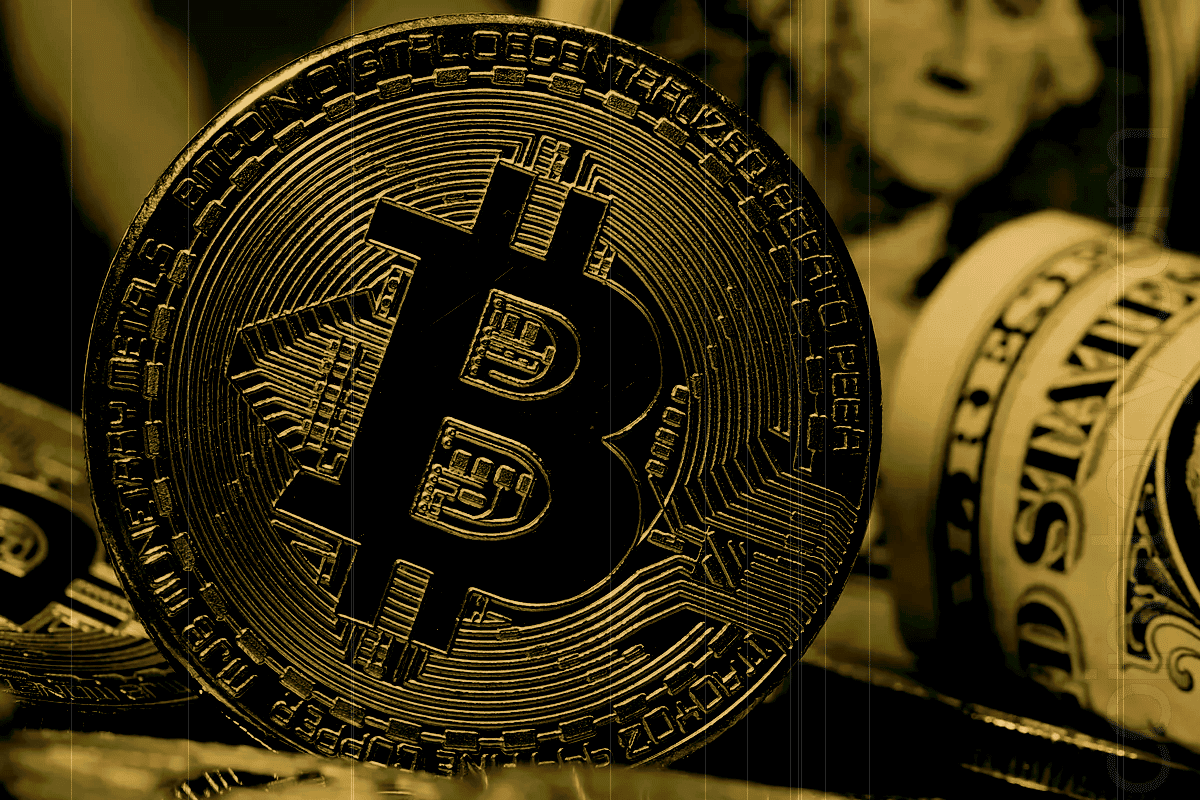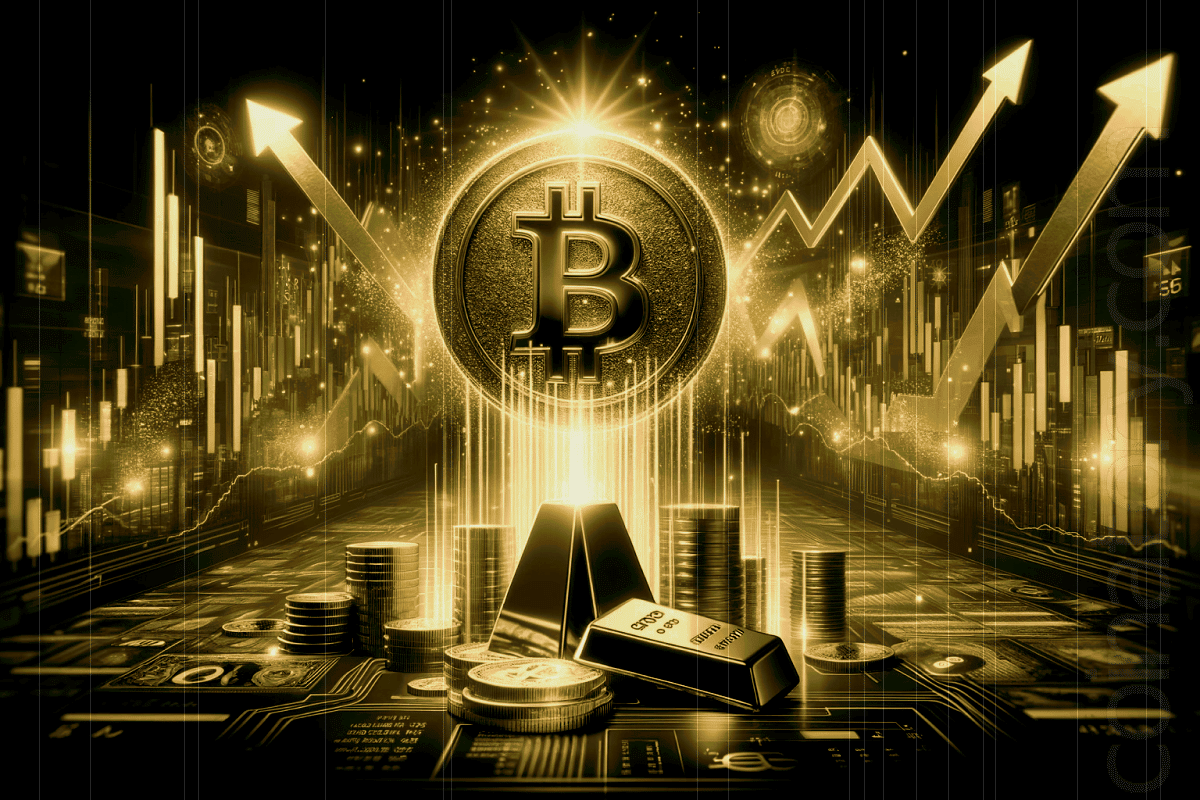
Bitcoin and Ether Rally Amid Cooling Inflation, Tariff Rollbacks, and Debt Ceiling Uncertainty
The cryptocurrency market exhibited notable resilience this week, buoyed by a confluence of macroeconomic developments that have injected cautious optimism into investor sentiment. Despite lingering concerns surrounding U.S. fiscal policy and Federal Reserve interest rate trajectories, both Bitcoin and Ether staged gains following the latest economic data releases and trade policy adjustments.
Bitcoin Approaches $109K as CPI and Tariff News Bolster Sentiment
On Wednesday, the release of the U.S. Consumer Price Index (CPI) revealed a year-over-year inflation rate of 2.4%, a figure that momentarily eased inflationary fears dominating financial markets. Simultaneously, an unexpected breakthrough in U.S.-China trade negotiations saw both nations agree to roll back tariffs to February 2025 levels, de-escalating trade tensions and removing significant retaliatory tax pressures.
The crypto sector, typically sensitive to inflation and geopolitical uncertainty, reacted with strength. Bitcoin (BTC) climbed near $109,000, while Ether (ETH) surged 3%, breaking above the $2,800 threshold. In contrast, traditional equity markets displayed a more muted response, with the S&P 500 relinquishing earlier gains sparked by the trade developments. Analysts suggest that while tariff rollbacks reduce the immediate risk of economic fallout, equity investors remain cautious about broader fiscal and monetary headwinds.
Liquidity Prospects Boost Digital Asset Appeal
The weakening U.S. dollar provided further tailwinds for crypto assets. The U.S. Dollar Index (DXY) fell to a seven-week low, reflecting declining investor confidence in the Federal Reserve’s ability to navigate mounting fiscal challenges. With growing apprehension surrounding the U.S. debt ceiling and sustained government borrowing, market participants increasingly seek alternatives to traditional fiat currencies.
JPMorgan Chase CEO Jamie Dimon underscored these concerns, warning of potential vulnerabilities in private credit markets should an economic downturn materialize. Speaking to CNBC, Dimon highlighted that employment is likely to “come down a little bit,” even as inflationary pressures remain elevated. Echoing this sentiment, RSM Chief Economist Joe Brusuelas told Yahoo Finance that the recent tariff adjustments are unlikely to translate into meaningful economic expansion, keeping growth anxieties firmly in place.
Fed Rate Uncertainty Weighs on Broader Markets, Crypto Diverges
Market expectations regarding Federal Reserve policy have shifted considerably. According to CME’s FedWatch Tool, futures markets now price in a 73% probability that the Fed Funds rate will remain at or above 3.75% through year-end, a significant increase from 42.5% just a month earlier.
Elevated interest rates present a dual threat: they increase borrowing costs across both public and private sectors while simultaneously making fixed-income instruments more attractive relative to risk-on assets such as equities and cryptocurrencies. Yet, early signs of a decoupling between digital assets and traditional markets have emerged, suggesting that investors may be reallocating capital in anticipation of renewed liquidity injections, particularly as the U.S. government contemplates further debt ceiling adjustments.
For many investors, Bitcoin and Ether represent hedges against potential policy missteps and currency devaluation, particularly if central banks opt to expand liquidity amid ongoing fiscal challenges.
Outlook: Cautious Optimism with Structural Risks
While recent developments offer short-term relief, structural economic concerns persist. The interplay between inflation, Federal Reserve policy, government borrowing, and global trade dynamics will continue to shape risk appetite across asset classes. Nevertheless, the cryptocurrency market’s ability to attract capital amid such headwinds highlights its evolving role within the broader financial ecosystem.







